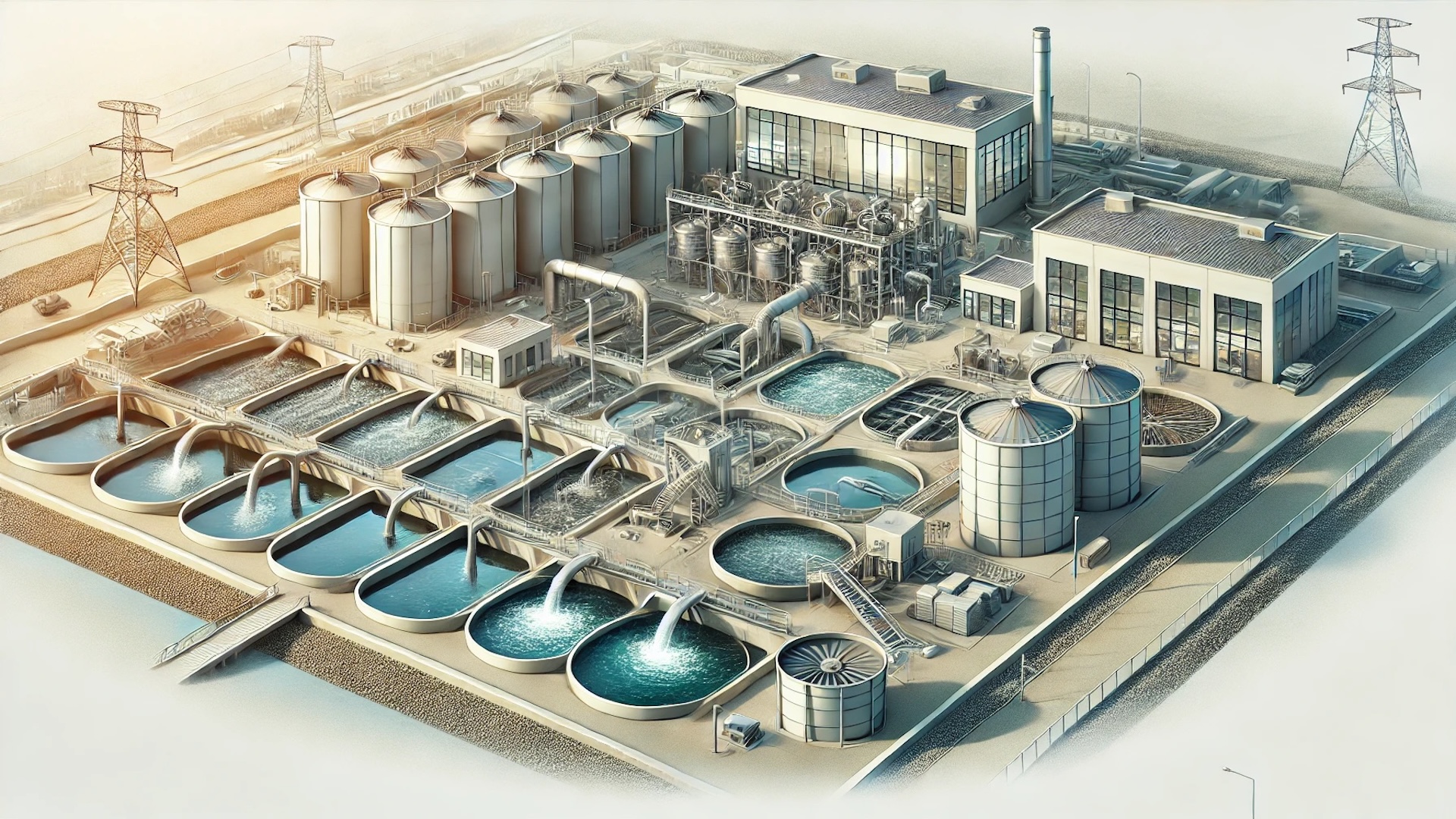
SEWAGE TREATMENT PLANT (STP)
A Sewage Treatment Plant (STP) is designed to treat wastewater from residential, commercial, or small industrial establishments where centralized treatment facilities are unavailable. These compact systems are efficient, eco-friendly, and ideal for locations with limited space.
Process:
1. Preliminary Treatment: Wastewater is screened to remove large debris and suspended solids, preventing clogging in the system.
2. Primary Treatment: Wastewater enters a sedimentation tank where heavier solids settle at the bottom as sludge, and oils and grease float to the surface.
3. Secondary Treatment: Biological processes break down organic matter. This typically involves aeration tanks where microorganisms consume pollutants, transforming them into harmless byproducts.
4. Tertiary Treatment: Advanced filtration or disinfection methods remove remaining impurities, including pathogens and chemicals, ensuring the treated water meets reuse or discharge standards.
5. Sludge Management: The sludge collected during primary and secondary treatment is processed and disposed of safely or used as fertilizer.
Technologies Used:
1. Activated Sludge Process (ASP): A common biological treatment method where microorganisms treat organic waste in aeration tanks.
2. Membrane Bioreactors (MBR): A combination of biological treatment and membrane filtration for high-quality treated water.
3. Sequencing Batch Reactors (SBR): A batch-based treatment process that performs aeration and sedimentation in the same tank.
4. Rotating Biological Contactor (RBC): Uses rotating disks for biological treatment in a compact system.
5. Moving Bed Biofilm Reactor (MBBR): Employs plastic media for microorganisms to grow and treat wastewater efficiently.
Applications:
- Residential complexes
- Small industries
- Hotels and resorts
- Schools and institutions
Small-scale STPs are vital for managing wastewater in areas lacking infrastructure, ensuring environmental compliance, and promoting water reuse, particularly in water-scarce regions.